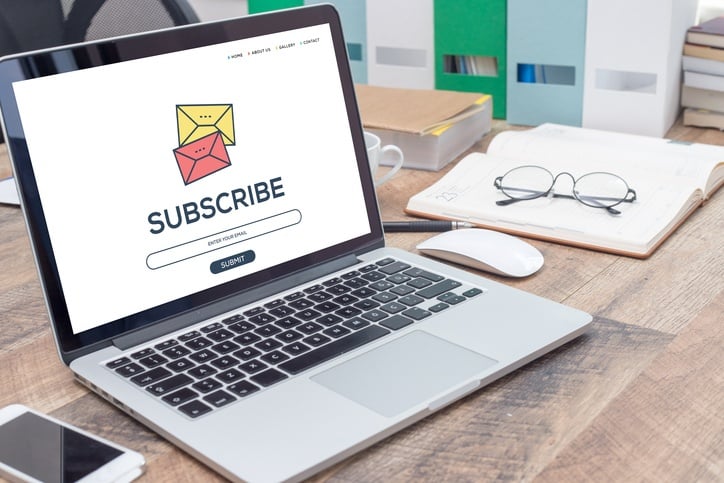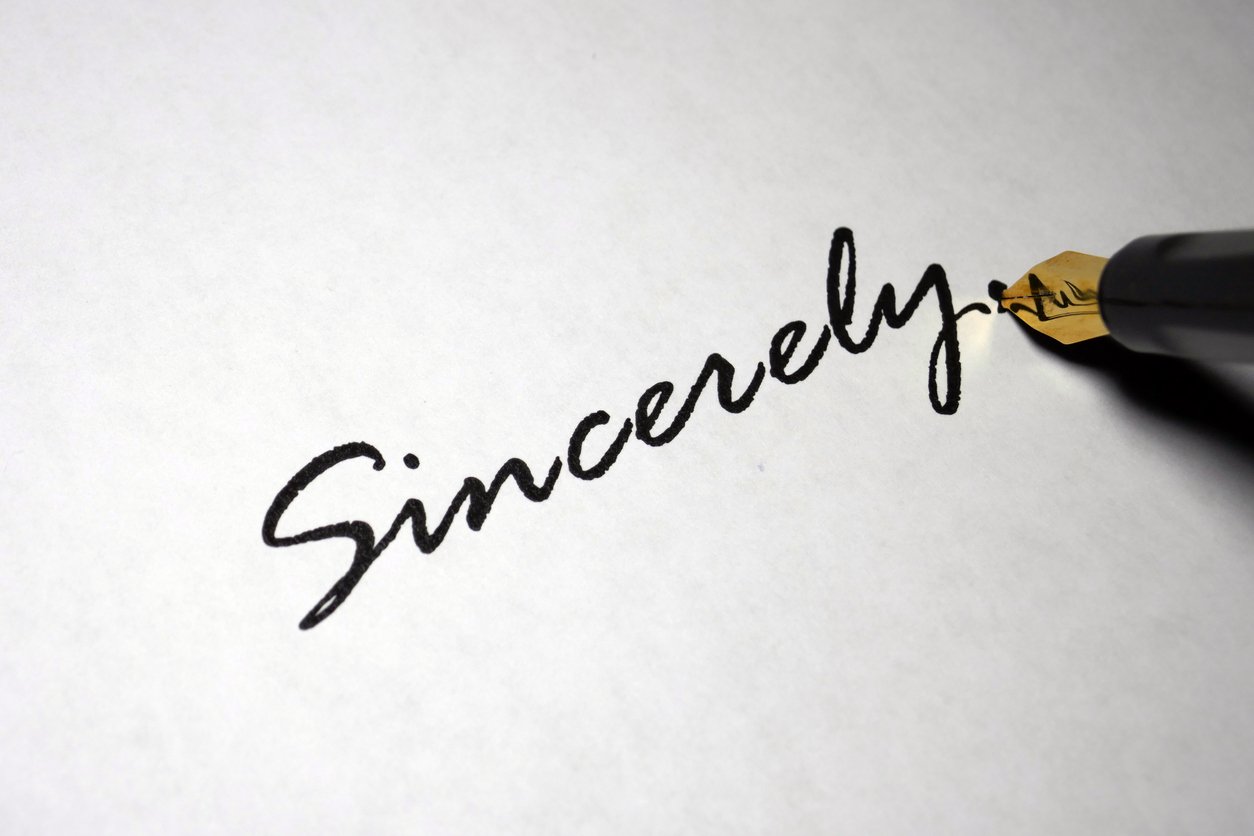Assuming you have a strong understanding of who your key customers are and which customer profiles you’re most interested in pursuing, what’s the most efficient way to capture the attention of new prospects?

I have found the “three-sentence email” to be a great tool for opening conversations with new prospects quickly and effectively. Here’s how it works:
Analyze your list of customers and separate it into groups based on building type, building size, building age, and any other relevant factors that define your target project. Then, search for buildings that have similar attributes. Once you’ve made a list of potential buildings to target, send each a “three-sentence email” similar to the following, which has been customized to target a potential common area lighting upgrade:
- As you may have noticed, we recently upgraded the common area lighting in the Citibank Building at 100 Main Street, improving the lighting levels by 20% while reducing the energy use by more than 40%.
- It occurred to me the other day as I passed your ground floor lobby that you are currently using the same lighting technology that we replaced at 100 Main Street.
- If you would be interested in exploring how we could extend the success we produced at 100 Main Street to your building, I’d be open to a conversation.
It’s as simple as that. There are several things to note about this very simple and highly effective sales email:
- Offering a noteworthy project and specific savings statistics demonstrates that this is not your first rodeo. (Please also note that the increase in lighting levels was mentioned before energy savings, knowing that most building managers are more concerned with curb appeal than energy efficiency when it comes to their main lobbies.)
- Highlighting a successful case study within a block or two of your prospect’s building makes it more real. He may know the owner/manager of the building you cited. He may even pass the building on his way to/from work, which would remind him to reply to your email.
- Using the word “exploring” in the final sentence suggests a very low-pressure first meeting. It implies that you don’t know whether your services would be appropriate or not, but that you’d be willing to explore the possibilities with your prospect.
- Saying “I’d be open to a conversation” also subliminally reinforces that this is not going to be a high-pressure sales call. The wording is almost coy in tone, which is a good thing as you position yourself as an expert who agrees to meet with potential clients at their urging but does not force the issue if they’re not genuinely interested.
Try this approach. Handled properly, this solicitation style will yield amazing results.
And by the way, you can use this same three-sentence approach when cold calling, sending direct mail solicitations, or even networking at an event.







